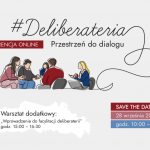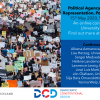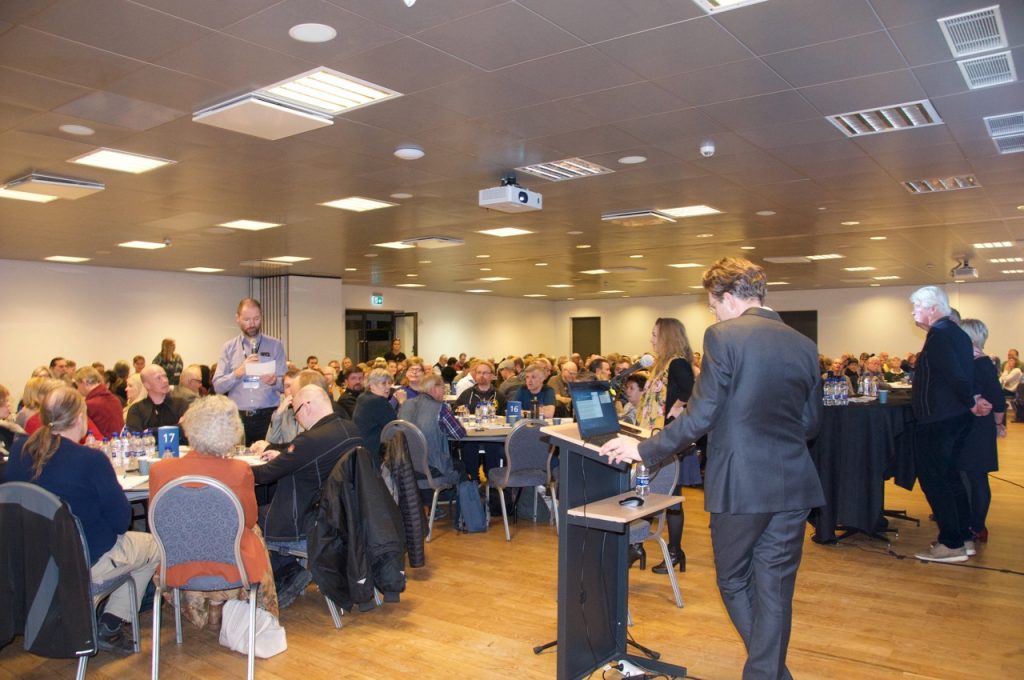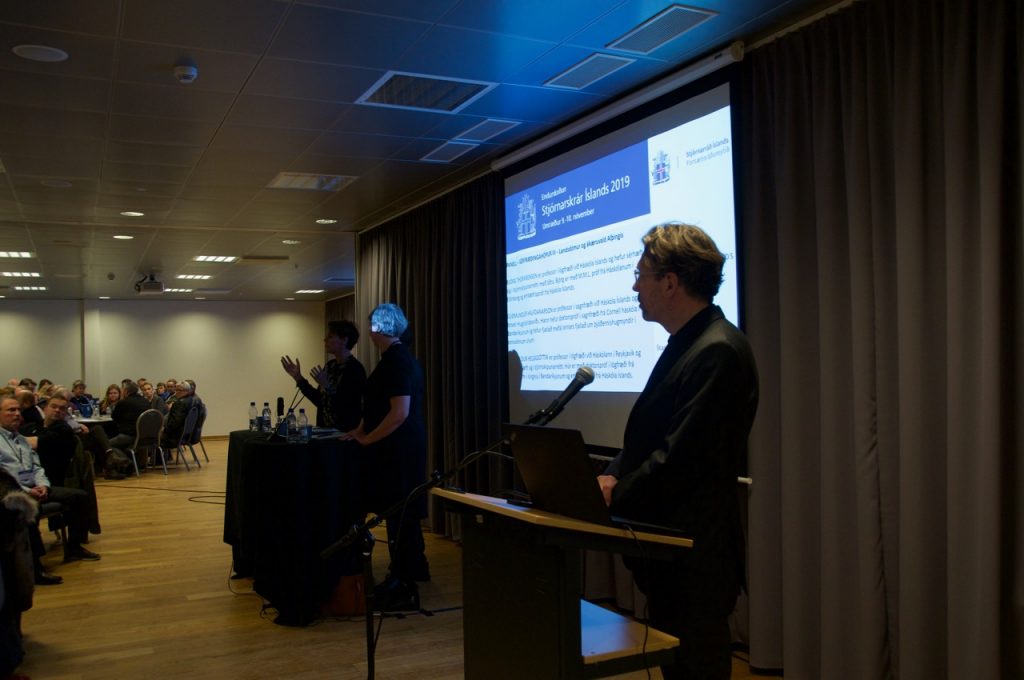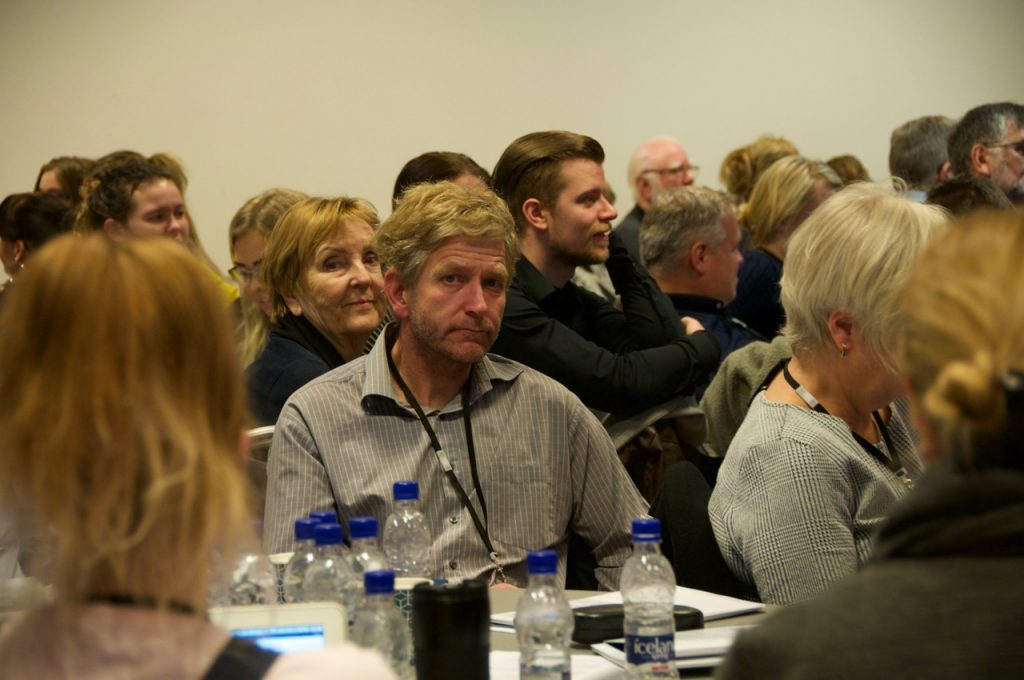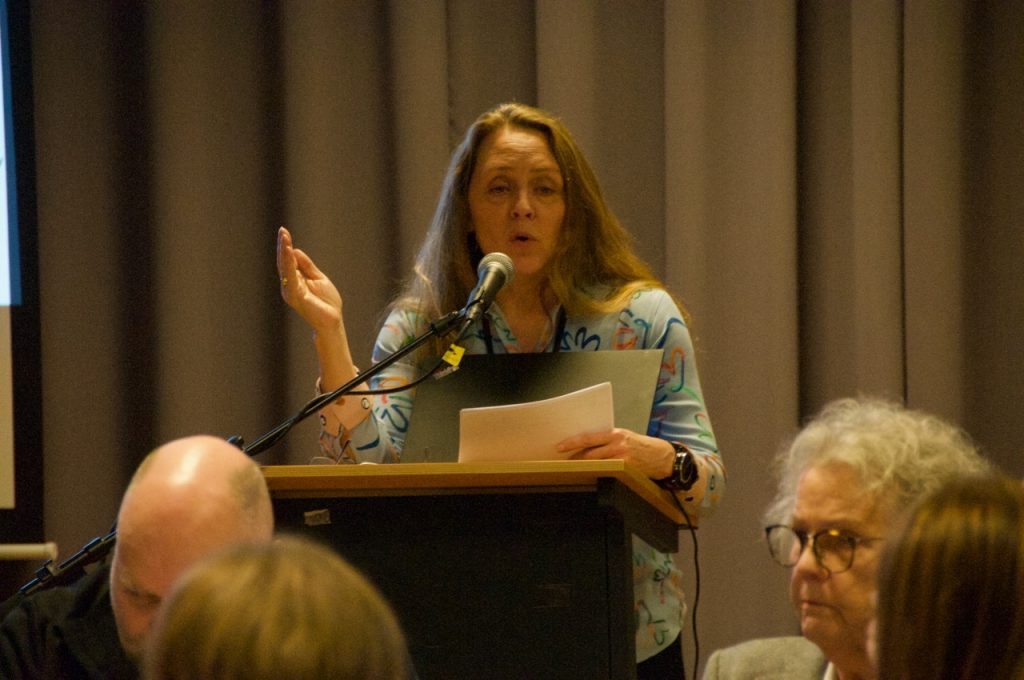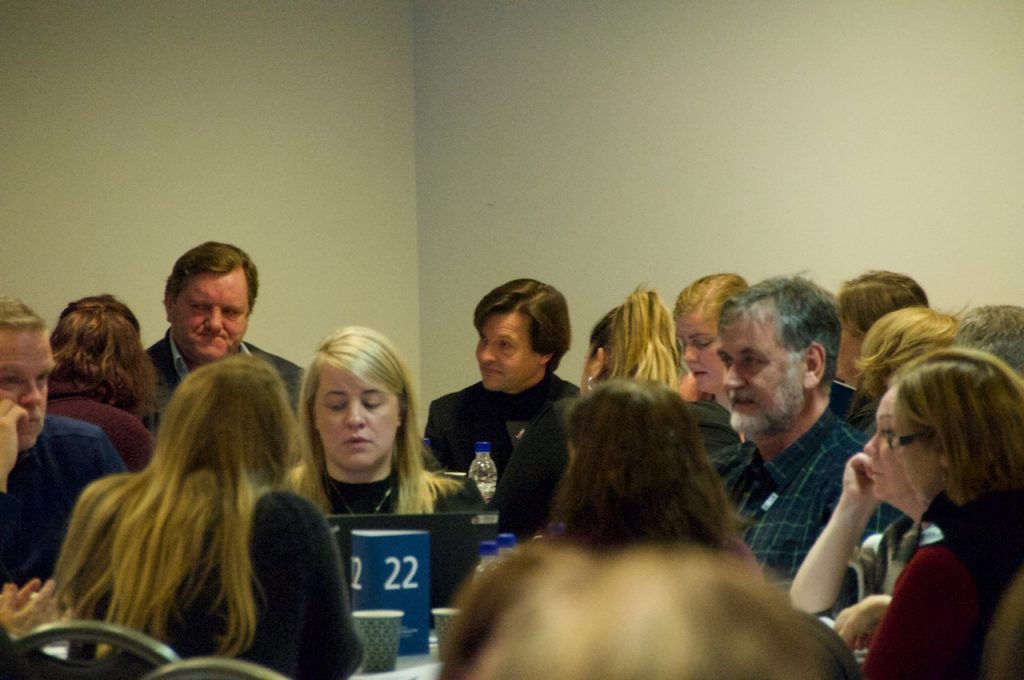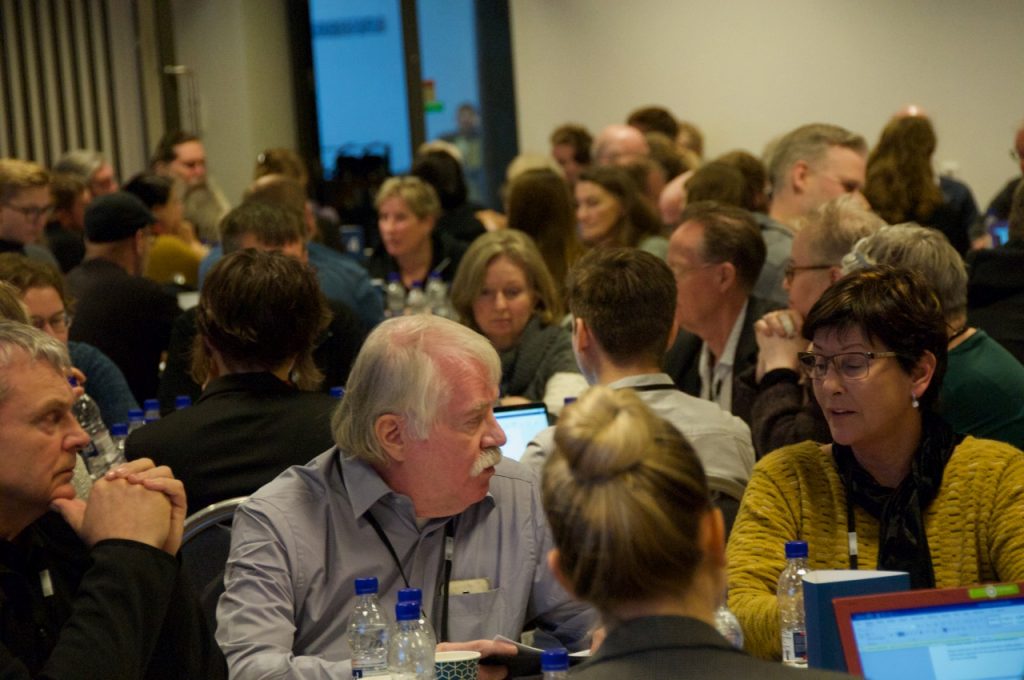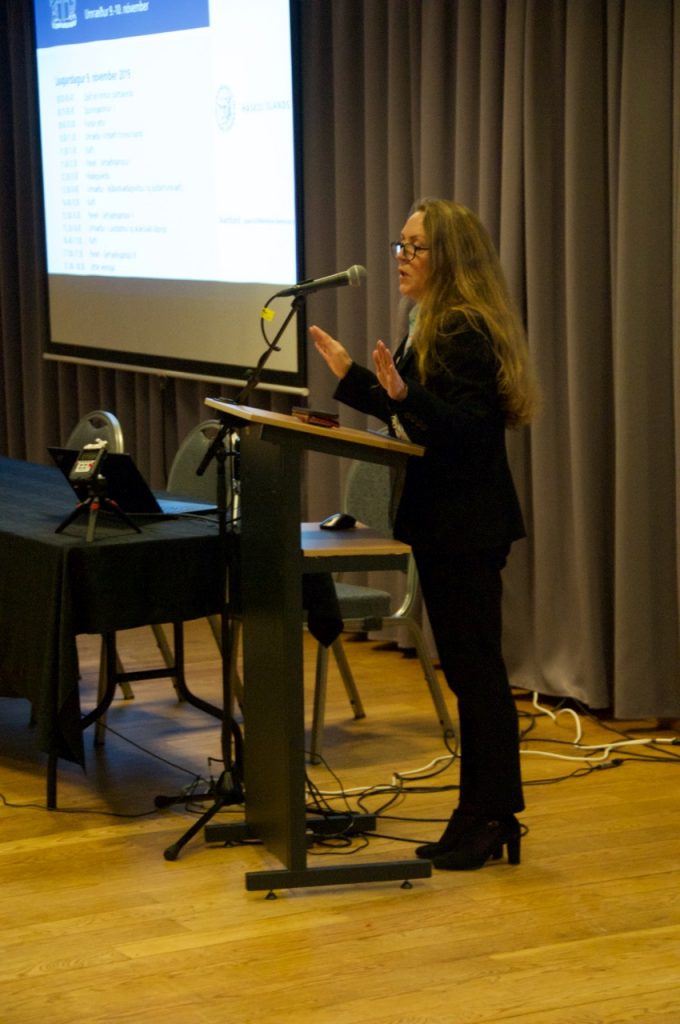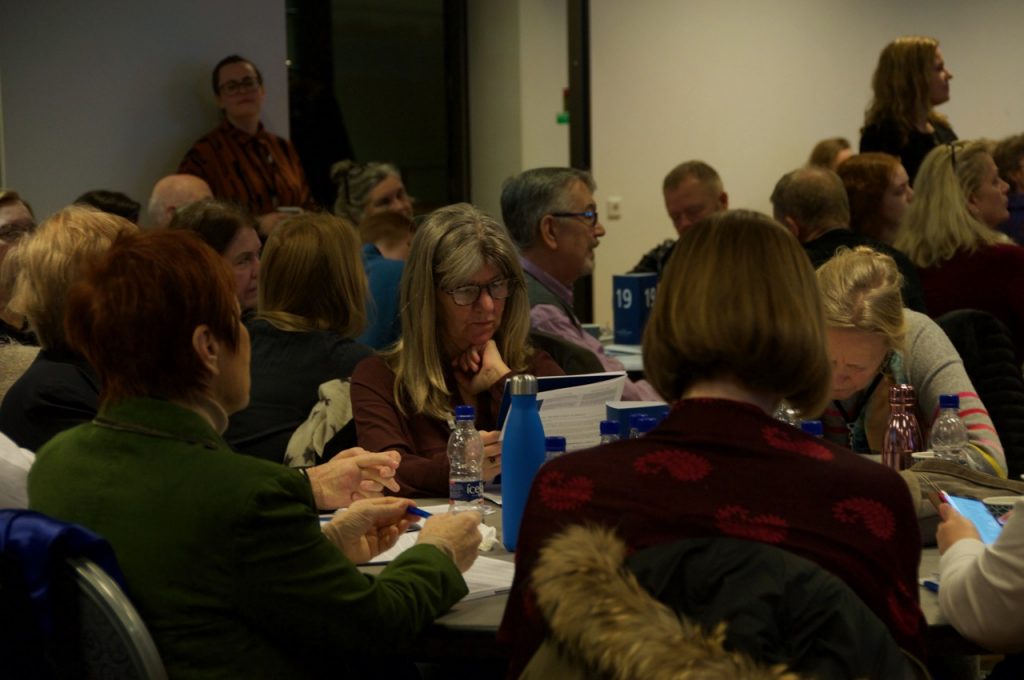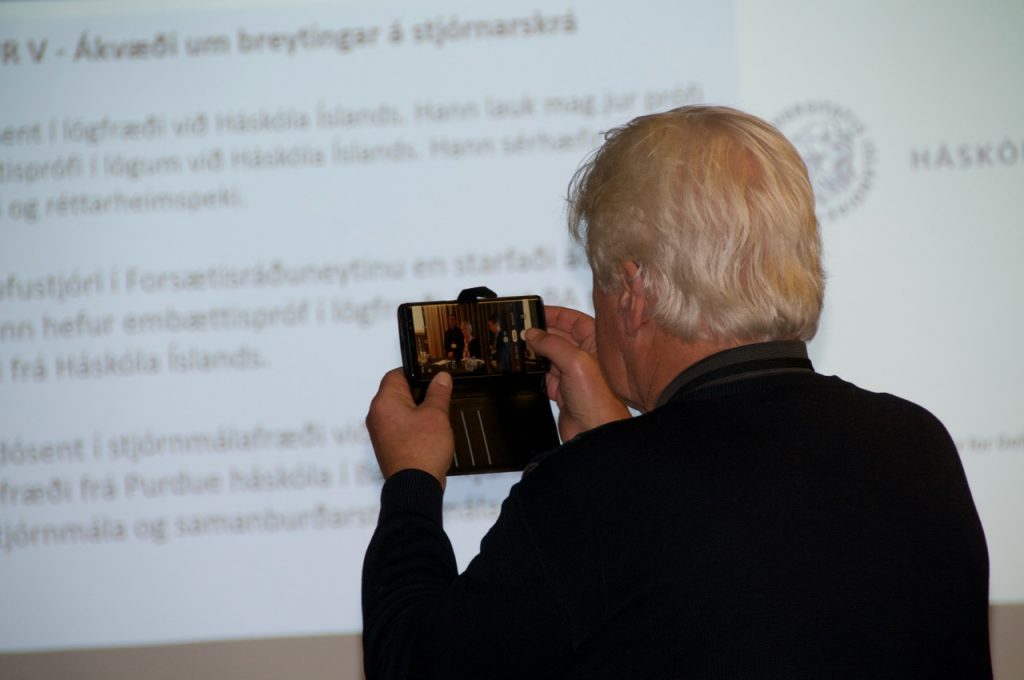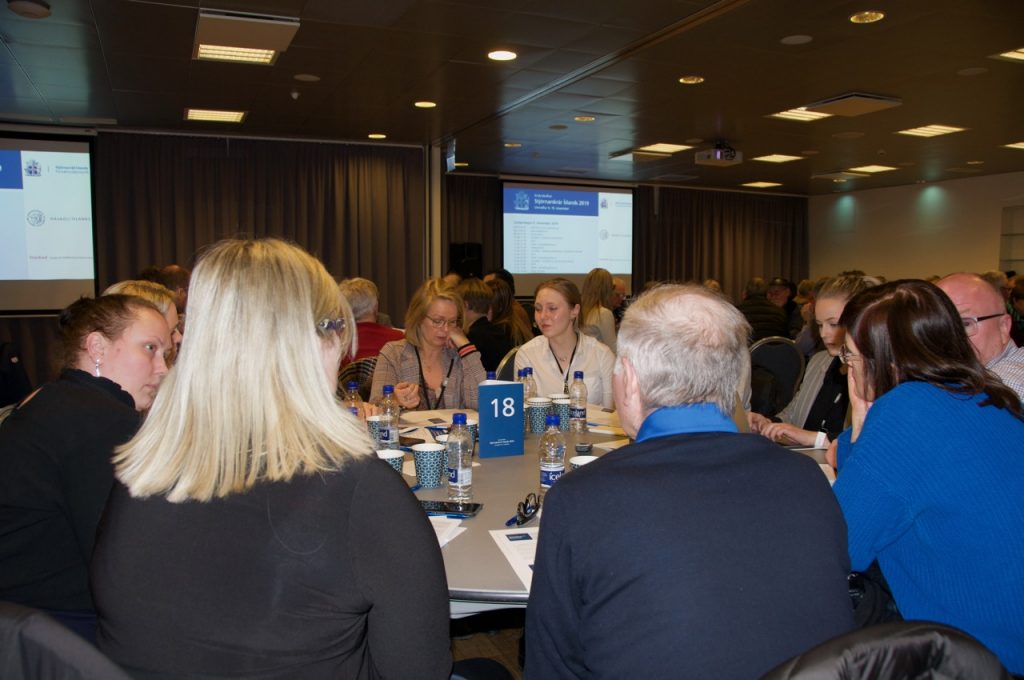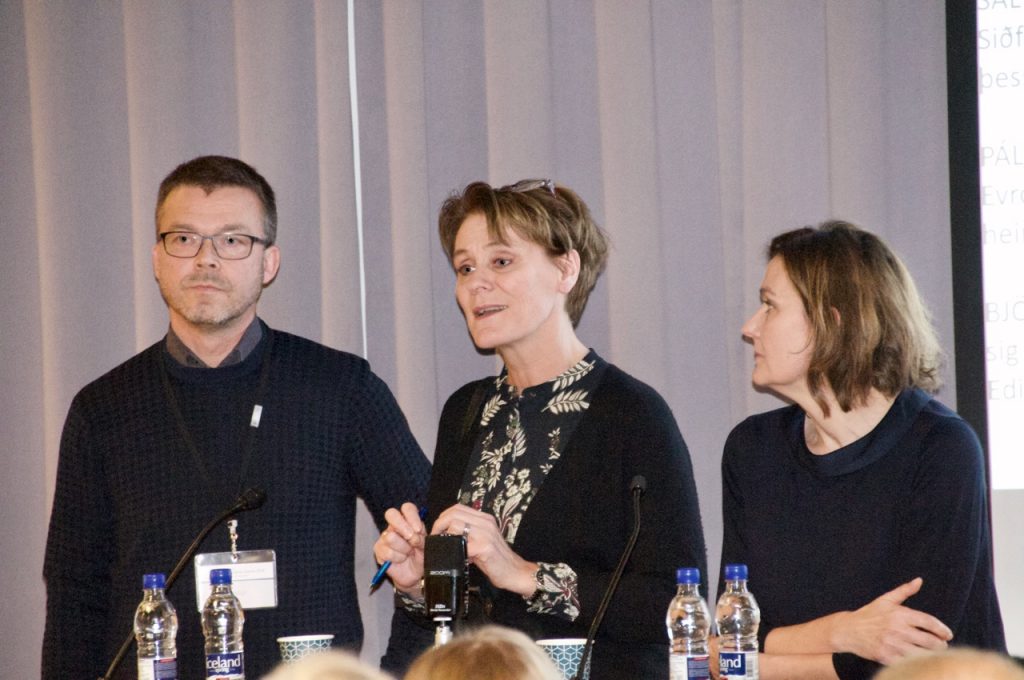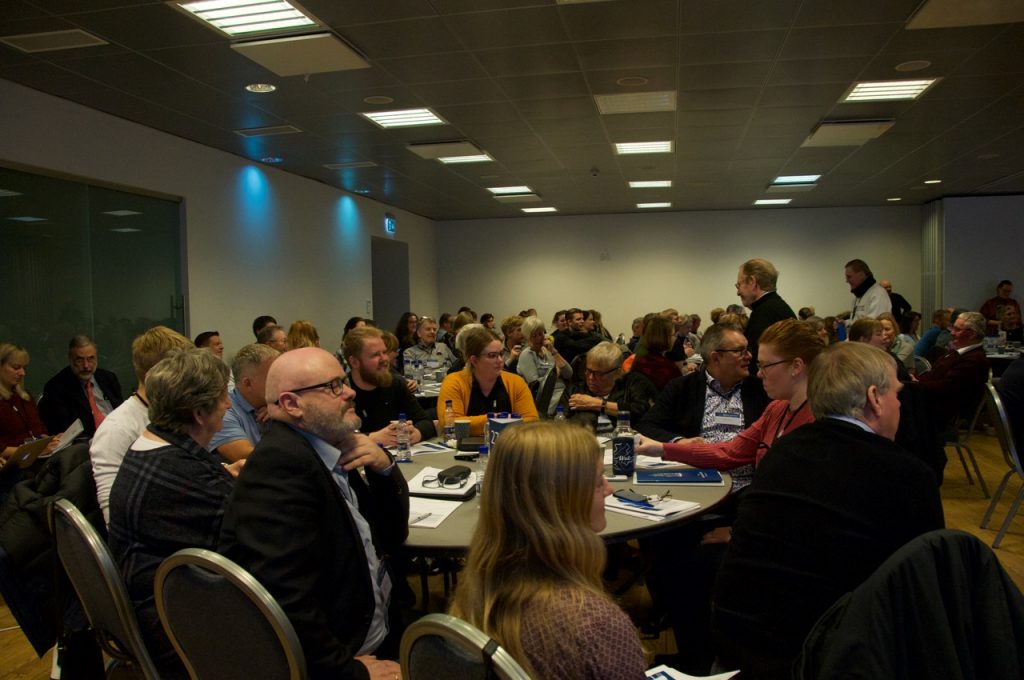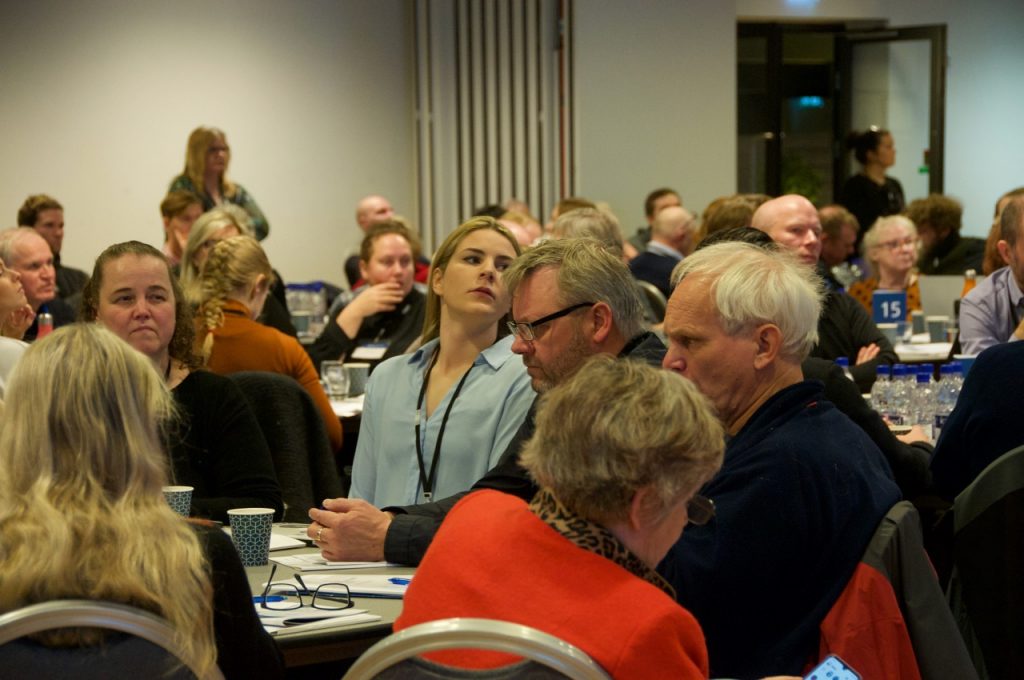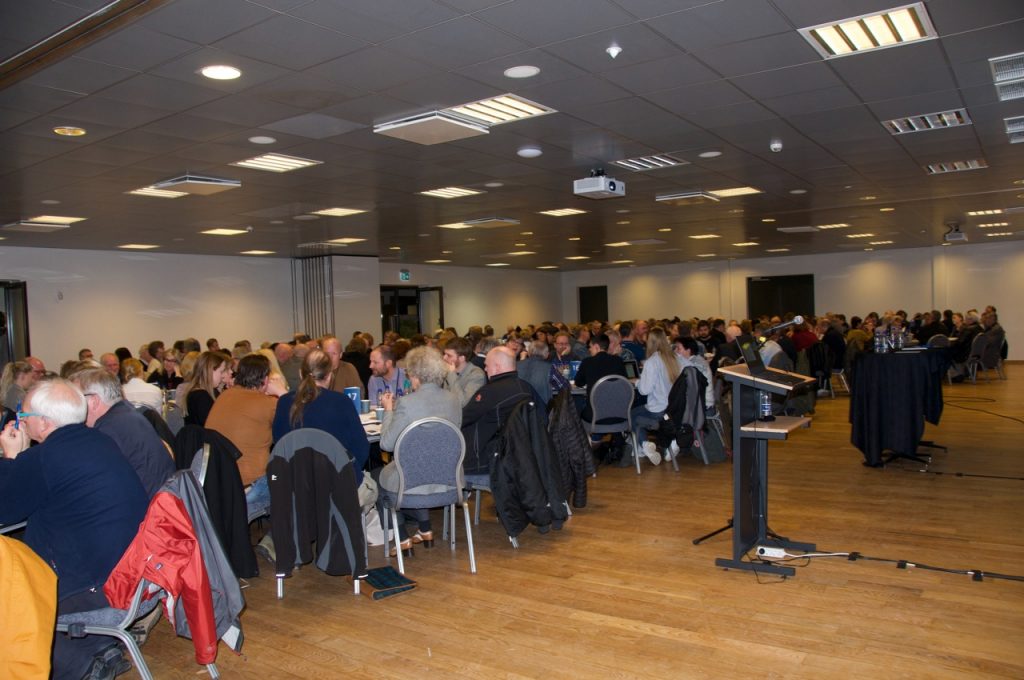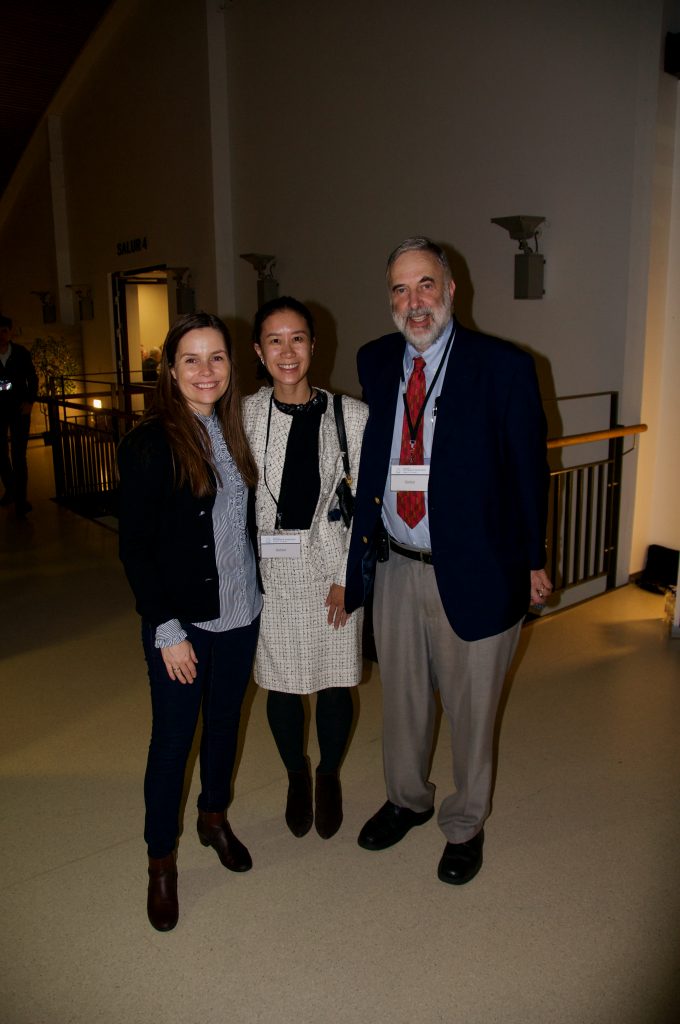Liam O’Farrel studies participatory democracy in Vienna

The Austrian capital has a population of 1.9 million, with 2.6 million in the wider metropolitan area. Formerly the capital of the vast Habsburg Empire, the city centre is a UNESCO World Heritage Site on account of its outstanding architectural heritage. Vienna dominates a variety of international league tables. It has consistently been ranked as the world’s most liveable city by the Economist. The UN has previously named it as the most prosperous city in the world, and it has also previously ranked first in the world for its economic innovation. Perhaps surprisingly, this baroque city of waltzes is also the world’s smartest city, ranking first on a list made up predominantly of East Asian cities using information technology to address urban problems. Vienna’s urban planning and culture of civic engagement is also very highly regarded. The city’s latest Urban Development Plan set a goal of becoming a truly ‘participatory city’. The plan also showcases Vienna’s interdisciplinary approach towards policy and engagement, for instance with ‘gender mainstreaming’ across diverse policy areas to consider the impacts upon women.
Vienna is a vision of what the participatory city could look like, with lessons that are relevant to places that might seem very different. Vienna is highly diverse; a 2012 report by Statistics Austria found that 38.8% of the city’s population had full or partial migration backgrounds. The city is the fastest growing in Europe, with a population growth rate of 4.65% forecast over the period 2000-2025. The city’s urban form is dominated by a vast ring road encircling the city core, which has been much-researched. A flagship central railway station opened in December 2015 that has kickstarted development and investment in the inner city. The city is also dominated by vast social housing estates. This is to say that, while each city is unique, they also have commonalities or have specific factors that might be comparable to places that are otherwise quite different. Other cities could learn from the processes underpinning Vienna’s experience of building a participatory and more equal society.
Political embeddedness
The introduction to the most recent Urban Development Plan for Vienna opens by saying that ‘today, urban development would be unthinkable without the transparency of information and active involvement of the citizens affected.’ The city has a variety of mechanisms for gathering public ideas, from Urban Renewal Offices and Neighbourhood Management Offices in the districts to binding guidelines for participatory procedures. These are based on mutual respect and trust between the municipality and citizens, willingness to learn from citizens’ lived experiences, and transparent decision-making. Co-production is embedded into the planning process and decisions that are taken on the management of the city.
There is a dedicated city councillor for Participation, who is currently the Deputy Mayor. This ensures that participatory processes are embedded into decision-making across all policy areas in the city. Vienna takes an interdisciplinary approach towards tackling social problems and identifying needs, bringing together experts and citizens to discuss more holistic strategies along with problem identification. This can be a problem in policy formulation in the traditional, top-down, expert-led methods commonly used elsewhere.
Research has found that the labelling and construction of ‘target groups’ by policymakers who are far removed from the lived experience of citizens can lead to unintended stereotyping and even discrimination against segments of the population. The stigmatisation of some behaviours and lifestyles as ‘problems’ to be fixed, because they deviate from ‘normal’ (a highly contested term), leads to organisations pouring resources into fixing perceived problems that may not actually be problematic at all. Enabling citizens to define their own needs and articulate what would help them is thus an important step in democratising policy and making a fairer society.
Urban planning
The Vienna Model of urban planning has been influential across the world. The city recognises housing as a human right and owns a quarter of the total housing stock, with various third sector housing associations also having sizeable stocks. This is used to encourage social mixing, support diversity and integration policy, and design inclusive public spaces in collaboration with communities in the social housing complexes and beyond. The city’s Manual for Gender Mainstreaming lays out how feminist principles and women’s specific needs for urban space are to be integrated into development. These principles have attracted significant attention. A two-month ‘Vienna Exchange Program’ disseminates Viennese inclusive urban design principles and placemaking strategies to developing countries, and in doing so builds international, personal, and professional connections between participants.
Community engagement is embedded into regeneration projects, where a bottom-up approach is encouraged that prioritises the needs of current residents, rather than prioritising what planners and council officers think international investors might want from projects, as happens all too often elsewhere. One way that this different ethos is given physical form is in the use of public space. Rather than being privatised, semi-public spaces dominated by commercial uses, in Vienna there are programmes for temporary public space activation and civic innovation. This allows residents and community groups to determine how spaces are used and creates dynamism, with a changing programme encouraging return visits and uses of the space, as well as providing an outlet for citizens’ creativity. Mini-parks or ‘parklets’ can be installed on request for a temporary period in order to encourage people to engage with others living in their area.
The municipality is also conducting research with communities on how best to mitigate the Urban Heat Island effect. This has included the installation of modules to the front of buildings that facilitate the growth of climbing plants, reducing the reflection of heat and light to the street level. Another topic that has received attention is shade, and by extension access to green space. A recent New York Times investigation demonstrated that in US cities, more prosperous areas tend to have more trees and cover for residents to seek shelter from the sun, with poorer areas (where residents are more likely to wait at bus stops, or walk to complete errands) having less shade. This is just one example of an urban planning need that might not be picked up by a trained urban planning expert, particularly one from a privileged background who may not understand what it is like to live in a poor district of the city.
Integration and diversity
The Vienna Integration Concept is based on the notion of ‘integration from day one’, with systematic support being given to new arrivals from the moment they arrive in order to support them in adapting to the city as quickly as possible. To equip new residents with the skills and knowledge they need to become active participants in society, new migrants, refugees, and asylum seekers are given coaching (which is available in 25 languages), an education booklet with vouchers for language schools in the city, and information modules on topics such as the labour market, housing, education, healthcare, and equality. There is a special focus on human rights (particularly women’s and children’s rights) as the basis for an inclusive city.
The city makes use of its diversity through projects such as ‘multilingual reading mentors’, language exchanges, and the Vienna language app. The municipality works proactively to assess and recognise the skills and qualifications migrants might have brought with them from abroad, or direct new arrivals towards skills training. The city seeks to integrate new arrivals into the community as soon as they arrive, but there are also active initiatives geared towards prevention and de-radicalisation, to help overcome the danger of isolation and drift towards radicalisation that is seen in other cities that poorly integrate new arrivals.
The municipality launched the Vienna Charter, the first and largest citizen engagement project of its kind in Europe, to enable Viennese people to define what matters to them and how to define good neighbourly relations. These have been enshrined in a framework, which is for instance given to social housing residents. Finally, the municipality has also empowered an independent monitor to assess progress towards inclusion and regularly commissions research on how different demographic groups of citizens are engaging with decision-making processes in the city. In common with elsewhere, research shows that those with fewer educational qualifications participate less, as do women and those with migration backgrounds. Even in Vienna, financial resources correlate with how likely citizens are to take part in civic engagement processes. However, the city is proactively working to overcome such barriers, doing more than many other cities in this regard.
Digital engagement
As was previously referenced, Vienna has been named the ‘world’s smartest city’ in a list otherwise dominated by East Asian metropolises. The study analysed smart technology and data-driven solutions that cities have employed to tackle challenges such as growing populations, traffic and transport, climate protection, and solutions to problems faced by citizens. The review of Vienna summarised that:
‘What is so compelling about the Austrian capital’s performance are its comprehensive framework strategy and innovative solutions for mobility, environment, education, healthcare, administration and a standardised monitoring system for all Smart City projects. Vienna has, for example, been implementing an advanced e-health approach and is the first German-speaking city to provide open government data.’
The city is building on this competitiveness in digital innovation by rolling out 5G as standard, providing free internet across the city, and constantly seeking to test out new digital methods and ideas. Vienna has embraced digital petitions and interacts with citizens on social media. The ‘Wienbot’ chatbot, accessible through Facebook Messenger, recently won an international award for digital innovation in government and civic engagement. The AI chatbot can answer questions on 250 of the most frequently accessed topics on the City of Vienna’s website, and also connect users with other city services. A demonstration of the product shows that it can help out residents who have lost their wallets, need to collect a form from the local district office of the council, or want to know why they are unable to park on a street today.
Vienna has also pioneered Open Government principles, which seeks to increase the transparency and democratic accountability of the local authority by making its data publicly accessible. As a result, Vienna has been named as a European ‘Best Practice’ city. Everything that is not explicitly secret is made public, strengthening democratic oversight over the municipality’s decisions. This also benefits researchers and businesses, as data is released quickly, comprehensively, and with support for its use. There are also no limitations on the commercial use of the data in order to encourage innovative uses. This is part of a strategy with goals stretching to the year 2050 to build a smart city on bottom-up solutions, rather than through focusing on top-down approaches.
Climate and energy
The Smart City Vienna framework strategy pays special attention to climate and environmental protection, renewable energy, and public transport. The updated Vienna Model for urban development also lays down standards for new constructions to meet. The municipality places a requirement on developers to build generously sized apartments and other spaces. In addition, there are compulsory regulations for thermal qualities, as well as measures including rainwater and grey-water recycling and the incorporation of solar and wind energy. The result is that many new ‘passive houses’ in Vienna no longer require traditional heating at all.
The implementation of these measures is underpinned by a strong focus on citizen engagement. For instance, 10,000 local inhabitants directly participated in activities designed to gather public opinions on the redevelopment of a neighbourhood in the Simmering district, which houses 21,000 citizens. Outreach was based on a combination of information and gamification, with a focus on including children so that they could act as ‘Smart City ambassadors’. Citizens are also involved in the drafting of Local Mobility Strategies for their areas, to understand where there are gaps in public transport provision and whether there can be new solutions (for example, e-bike sharing). There are also low-tech citizen-led initiatives, such as ‘Gardening together’, where residents can create and maintain neighbourhood gardens and urban farms.
Summary
Vienna shows what can be done with a bold vision for bottom-up, citizen-led solutions to problems, combined with a local authority that eagerly embraces change and innovation. Vienna City Council seeks to continuously learn, both from its own experiences and from elsewhere, and sets ambitious goals that are achieved in partnership with residents. Although the city’s economic foundations have historically always been strong, owing to its status as an imperial capital city before the First World War, and status as a centre of diplomacy after the Second World War, it was not a given that Vienna would rise to become the world’s smartest, most prosperous, or most innovative city. Nor does its heritage mean Vienna is somehow destined to be consistently ranked as the world’s most liveable urban area. The rich civic engagement culture of the city has been instrumental in building a dynamic, outward-looking metropolis of 2 million people that makes a big impression on the global stage.
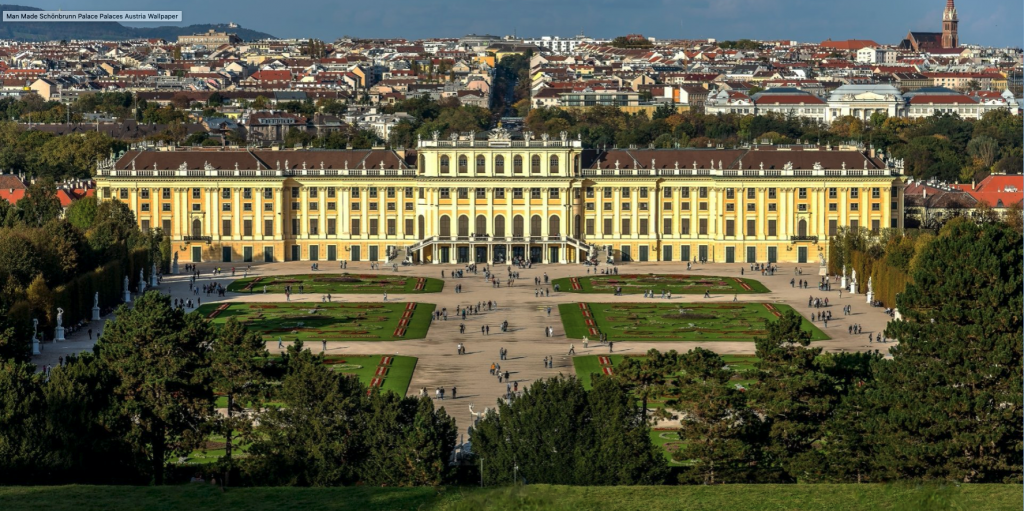
Implications for other cities
On the basis of these international case studies, and drawing from the wider literature on the topic, there are seven key implications that can guide other cities as they plot their course on civic engagement. In short, these can be summarised as:
- Embeddedness in the political process
- Importance of communications and marketing
- Starting with policy areas of consensus – or topics that politicians struggle to deal with
- Setting long-term aims and flexible short-term strategies
- Adapting existing institutions and policies
- Handling political opposition through building support across society and politics
- Co-producing shared values, aspirations, and visions for the future
- Embeddedness in the political process
Research on civic engagement emphasises that innovations must be embedded in the political process, rather than being a one-off or stand-alone measure. If this is not done, the innovation will be seen as lacking in legitimacy or power in the eyes of the public, with resulting low participation that will undermine efforts at genuine citizen involvement in decision-making. This means innovations should have defined areas of competency and tangible results that can be presented to the public. Embeddedness means empowering citizens to take decisions that may be at odds with what elected officials or government officers may favour and a willingness to try something other than ‘business as usual’.
- Importance of communications and marketing
Civic engagement efforts must live with the fact that they are competing for the attention of people who have many competing demands upon their time. Imagine a single mother working long hours and coming home tired. Which seems more appealing: relaxing in front of the TV, or making a submission to a planning consultation? The economy of attention means that well-designed, intuitive, interesting platforms or processes must be communicated and marketing in such a way as to appeal to hard-to-reach groups who are underrepresented in politics.
Reviews of e-democracy platforms conclude that they must be accompanied by an extensive communications strategy that is tailored towards different target groups. An embedded form of civic engagement can start small and grow iteratively, with successful public involvement in decisions being marketed to encourage and incentivise greater numbers of people to participate. Of course, such strategies come with costs that should be factored in as a necessity, rather than an optional extra.
- Starting with policy areas of consensus – or topics that politicians struggle to deal with
There are two different approaches that have been demonstrated to be effective when it comes to civic engagement in decision-making processes. The first is to begin with policy areas of consensus. This can mean devolving relatively small amounts of funding to neighbourhoods to decide how to improve the local urban realm, which is a relatively uncontroversial place to start empowering a public not used to having control over these kinds of decisions. Alternatively, a policy area that enjoys widespread public agreement can allow both citizens and institutions to test civic engagement and participation in a way that is less likely to throw up shock recommendations. For instance, surveys show that virtually all Britons believe climate change is happening. Innovations such as Green Participatory Budgets are a good mechanism for involving the public in co-creating responses to climate change on the municipal level and building up trust and a wider culture of citizen involvement.
Alternatively, civic engagement can be a useful means of breaking political deadlock on controversial topics where politicians are unable to handle the issue. The foremost example of this is how the Irish government devolved the responsibility for making recommendations on topics such as gay marriage and abortion to a citizens’ assembly. Political parties were increasingly out of step with Irish public opinion (as subsequent referenda demonstrated), but the parties felt too beholden to interest groups and influential voices in society to make such recommendations. A risk of such a strategy, however, is that citizens’ assemblies can be critiqued as a one-off tool for authorities to maintain political control and avoid having to take difficult decisions, which after all is what representatives are elected to do.
- Setting long-term aims and flexible short-term strategies
A major criticism of civic engagement strategies, including Porto Alegre’s pioneering participatory budgeting policy, is that the lack of long-term aims leads to inbuilt short-termism that is just as bad as policies made by politicians who are seeking re-election who make decisions to shore up their electoral support. Aspirational or challenging targets should therefore be set for such innovations, with regular reviews, to ensure that they are sufficiently geared towards tackling long-term or systemic social issues.
Nevertheless, strategies must also be flexible and able to be changed as the situation itself changes. This can be considered similar to Agile project management, where there are incremental steps and constant releases of a ‘product’ (in this case, a civic engagement innovation) where successes are built on, failures are discarded, research is conducted to maintain awareness of the environment and learning is constantly applied in a positive feedback loop.
- Adapting existing institutions and policies
Introducing civic engagement in a context with a low participatory culture means that innovations need to be made in an environment with a legacy of top-down, detached decision-making, rather than the transparency and mutual trust between the public and institutions that is required to build a truly participatory culture. This therefore means that ‘institutions of exclusion’ need to be reformed to become ‘institutions of inclusion.’ The artificial binary between ‘impartial, reliable’ technical knowledge of experts and ‘biased, superfluous’ lived experience of citizens also needs to be overcome. Individuals can hold both forms of knowledge simultaneously. Moreover, both rely on similar methods and can supplement each other for more holistic service design and policy formulation.
We know that civic engagement works, even on the highest level. This was demonstrated by the positive impact of public involvement in drafting the world’s first ‘crowdsourced constitution’ in Iceland, although this has yet to be ratified by the country’s parliament. Overcoming latent hostility towards such methods is a political challenge that can reap rewards, through adapting institutions and policies to make them more trusted, accountable, and enhance the legitimacy of decisions through centring the views of target groups. Ultimately, empowering citizens means rethinking hierarchies of knowledge and power that have persisted for decades, if not centuries, in our societies. It also calls for leaders to ask ‘why’ decisions are made in certain ways, and whether a certain institution is always best placed to handle a particular decision.
- Handling opposition through building support across society and politics
As was described in the case study of participatory budgeting in Porto Alegro, conservative opposition to the initiative – which was closely associated with the centre-left Workers’ Party – meant that a change of political leadership in the local authority led to the demise of the city’s pioneering financial civic engagement model. The same issue was seen with Britain’s NHS Citizen project, which sought to build a deliberative system within the country’s health service but was shut down after being perceived as a threat to the power of decision-makers. Moving slowly, as in the case of Lisbon’s participatory budgeting, and starting with areas of consensus – such as a Green Participatory Budget – is one potential option. However, the case of the citizens’ assembly in Ireland showed that devolving responsibility to make controversial decisions to citizens can be one way of handling divisive issues when politicians are unable to act. There are benefits to both approaches; which approach to take will depend a lot on the local cultural and political context.
Political opposition to innovations must be managed through building cross-party consensus and working on issues of common interest alongside opposition parties. As theories of civic engagement maintain, the views of minorities and opposition groups must be considered when making decisions, in order to build a broad consensus. While opposition can come from conservative parties that are sceptical of change, civic engagement initiatives can also face opposition from far-left or anarchist groups, who may protest that such projects are ‘gradualism’, or a means of co-opting activist energy into political structures and neutralising the threat it poses. There are no easy answers to the challenge of managing opposition, with cases being highly specific to local conditions. However, it is imperative that a strategy for managing such opposition is devised at the outset and is maintained, as it is only through building consensus and compromise between different interest groups that the legitimacy, and thus longevity, of civic engagement strategies can be maintained.
- Co-producing shared values, aspirations, and visions for the future
The risk of relying upon technocratic modes of consultation and opinion-gathering can obscure the higher values that civic engagement strives towards – namely, empowerment, strengthening the legitimacy of democracy, building trust, and creating more locally-rooted, holistic approaches towards addressing social issues. City authorities and citizens need to learn to trust each other and collaborate as equal partners, and also to mutually question the appropriate level for making decisions. Active steps must also be taken to ensure the inclusion of marginalised groups, so that the legacy of historically discriminatory policies are not perpetuated.
Different forms of knowledge within the community need to be recognised as having worth in the decision-making process, with lived experience of policies and institutions guiding improvement of services, along with discussions about what exactly citizens need from their institutions. Ultimately, avoiding the short-termism that can undermine the long-term survival of civic engagement strategies also requires a statement of values and shared aspirations for the future that citizens, the local authority, businesses – indeed, all stakeholders – can work towards. These visions for the future serve as goals to be achieved and also enable citizens to think about what kind of a place they want to live in. As aspirations are achieved, confidence is built. The perceived worth of taking part in civic engagement processes is thereby enhanced, thus increasing participation in a virtuous circle. Seeing how engagement and participation results in change to the world around them empowers citizens, which is ultimately the heart of what civic engagement intends to achieve.

